The Weekly Anthropocene, November 20 2024
The coming of Chonkus the cyanobacterium, an electric train in Tanzania, the world's largest coral colony, solid-state batteries, the Cardamom Mountains, an EPIC new Waste Emissions Charge, and more!
Italy
In underwater volcanic vents off the coast of Sicily1, scientists have discovered a new cyanobacterium that might be a huge help in cleaning up CO2 emissions from Earth’s atmosphere. UTEX 3222, known jocularly as “Chonkus,” has evolved unique characteristics that allow it to grow faster and capture more carbon dioxide than most marine cyanobacteria.
Critically, they also form a much thicker, denser, and heavier colony structure than most cyanobacteria, meaning that if Chonkus colonies were ever cultivated en masse by climate-concerned humans, they would automatically sink, making it easier to separate them out of the water in artificial setups or just drop to sequester carbon on the seabed in the wild. Biotech startups CyanoCapture and Cultivarium are reportedly already interested in Chonkus, and hope to be able to genetically modify it to sequester carbon even better and/or to find an even “chonkier” cyanobacterium on future expeditions. This is brand-new research at the moment, but it could someday become a great tool in humanity’s arsenal to help stabilize Earth’s climate. Fascinating work!
China
The 3 GW (3,000 MW) Mengxi Lanhai solar farm has just come online in Ordos, Inner Mongolia, China, becoming the second largest solar installation in the world. It has over 5.9 million individual solar panels and will power 2 million households. The project was built on former coal mining land and includes automated cleaning robots, inspection drones, and robotic arms for faster solar array assembly. Nice work!
Tanzania
Rapidly developing Tanzania has inaugurated a new electric railway linking their capital city of Dodoma with their largest city Dar es Salaam. The new train covers 460 kilometers in 4 hours and is already seeing very high demand with 7,000 passengers daily. This is intended to be just the first stage of a broader Standard Gauge Railway (SGR) network planned to link up more Tanzanian cities plus neighboring Rwanda and Burundi. Spectacular work!
Solomon Islands
Researchers with National Geographic’s Pristine Seas initiative have unexpectedly discovered a new world’s largest coral colony in the Pacific archipelago nation of the Solomon Islands. It’s a Pavona clavus “shoulder blade coral” bigger than a blue whale, measuring 34 meters wide, 32 meters long, over 5 meters high, and 183 meters in circumference. (For context, coral reefs are bigger than this but are made of many coral colonies, like trees in a forest; this is one giant coral colony with millions of genetically identical polyps). The colony is likely at least 300 years old, and appears to be in an “ideal spot” to survive climate stresses, located in deep, cool waters protected by a topographic slope and shelf plus a friendly local human community. Amazing!
“Just when we think there is nothing left to discover on planet Earth, we find a massive coral made of nearly 1bn little polyps, pulsing with life and colour.”
-Enric Sala, marine ecologist and National Geographic explorer
Taiwan
Taiwanese market intelligence firm TrendForce reports that as of 2024, firms including Japan’s Toyota, Nissan, and Honda, Korea’s Samsung, Taiwan’s ProLogium, rising Chinese titan BYD, and Energy Department-supported American champion Solid Power have reached the pilot phase of manufacturing all-solid-state batteries. They also found that semi-solid-state batteries, using both solid and liquid electrolytes, have already reached gigawatt-hour scale installations. (For context, the majority of batteries used worldwide, including common lithium-ion batteries, use liquid electrolytes).
Fully solid-state batteries are widely considered a “holy grail” of energy storage, as they would offer higher energy density, longer lifespan, and faster charging than batteries liquid electrolytes. Once they’re fully developed in the lab and production scales up for global markets, they could also quickly become cheaper by using more abundant materials.
The world’s largest offshore floating solar farm has been completed in Taiwan. The 440 MW array covers 347 hectares off Changhua County, and can supply power for up to 74,000 homes. Solar has been growing quickly in Taiwan of late. Great work!
Cambodia
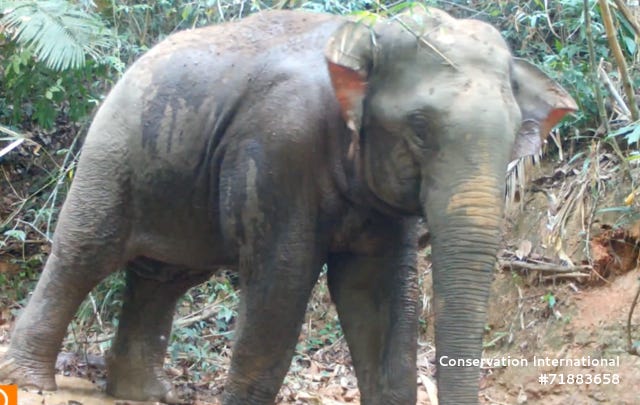

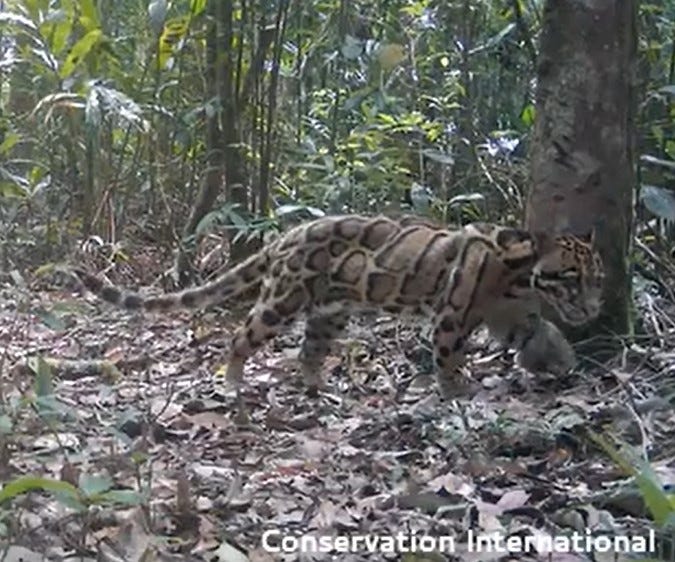
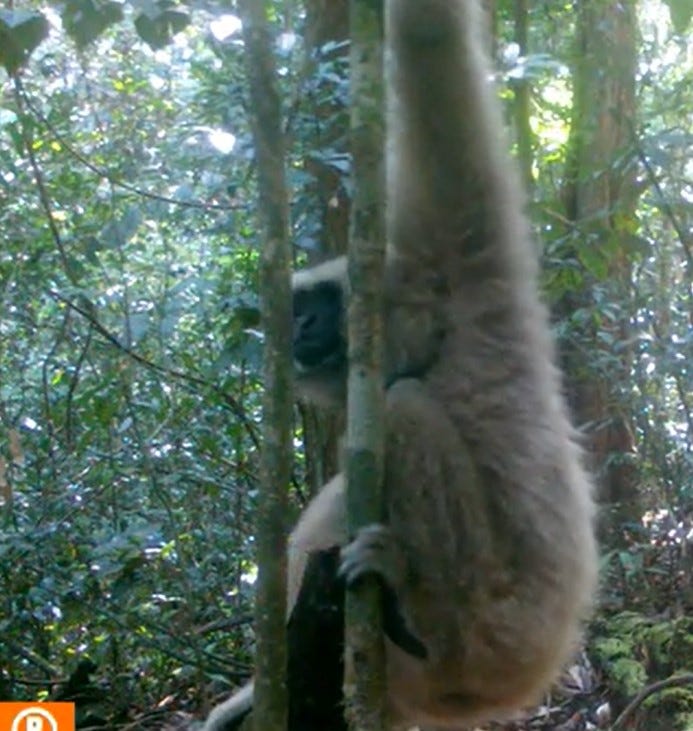
A recent report reveals that a first-ever camera trap survey in the central Cardamom Mountains of Cambodia has discovered an unexpected bounty of wildlife, capturing footage of 108 species including the critically endangered Sunda pangolin (with a baby!) the endangered Asian elephant, long-tailed macaque, pileated gibbon, and dhole2, and others including the clouded leopard, Asiatic black bear, and sun bear. Dholes were particularly abundant, likely making this area a newly identified stronghold for the species.
95% of the Cardamom Mountains’ forests are still intact, making it one of the least deforestated areas in the region, and it’s already designated as a national park. This study highlights it as an amazing biological jewel! Great work.
United States
On November 12, 2024, the U.S. EPA finalized the Waste Emissions Charge, a long-awaited and much-needed measure to curb climate-disrupting methane pollution leaking from oil and gas industry facilities. The WEC creates a gradually increasing charge per ton of emitted methane (now quite easily satellite-detectable) until the leak is fixed, pairing with over $1 billion in IRA technical and financial support to help companies plug methane leaks.
The EPA estimates that this rule will prevent the emission of 1.2 million metric tonnes of methane (equivalent to 34 million metric tonnes of carbon dioxide in terms of global warming impact, as methane traps more heat) through 2035. Notably, this regulatory change was legally mandated by the Inflation Reduction Act, not by executive action, so it would take an act of Congress to repeal. Spectacular work!
A landmark new report from analysts at Benchmark Mineral Intelligence has calculated that if Inflation Reduction Act tax credits stay in place, battery manufacturers in the United States could soon compete with world-leading Chinese battery manufacturers on price before the end of the decade. Given continued IRA tax credits, American battery gigafactories are projected to produce battery cells for $76.80 per kWh by 2029 (down from an average of $111.18 per kWh today), making them the lowest-cost operations anywhere in the world.
“The Inflation Reduction Act has truly been transformational in this space.
Suddenly the US producers are the cheapest producers in the entire world.”
-Shivangee Chauhan, Benchmark analyst
After a slow start, America is finally catching up to China on future-shaping energy storage technologies thanks to visionary Biden-Harris industrial policy laws! This underscores the vital need for the incoming Congress to avoid repealing the key IRA provisions making this possible. IRA funding so far has disproportionately benefited Republican districts and is even winning over a few House Republican fans, so it’s very much still TBD how things will go. Let’s stay the course on U.S. cleantech!
Puerto Rico has created a new marine protected area, following 16 years of work by local communities. The Vega Baja and Manatí Underwater Gardens protects 202 square kilometers of coral reefs, mangroves, and seagrass home to wildlife including greater Caribbean manatees and several species of sea turtles. Great work!
A unique new species of nudibranch (aka sea slug) has been discovered by a Monterey Bay Aquarium Research Institute team off the Pacific coast of the United States. It was first spotted by a deep-sea explorer drone in 2000, and became legendary as an unknown “mystery mollusc,” but only now has a specimen been collected.
Named Bathydevius caudactylus, this fascinating nudibranch has a transparent, bioluminescent, and gelatinous body, a large hood to trap prey in a manner similar to a Venus flytrap, a tail with numerous finger-like protrusions, and a snail-like “foot.” It is the only known nudibranch to live in these deep-sea conditions, appears to use its foot to cling to the seafloor when spawning, and has been observed to light up and detach one of its tail-fingers to serve as a glowing decoy. Wow! An extraordinary find.
This story irresistibly suggested to this writer a modified version of Vizzini’s famous line from The Princess Bride: “Never go up against a Sicilian [cyanobacterium] when global climate disruption is on the line!”




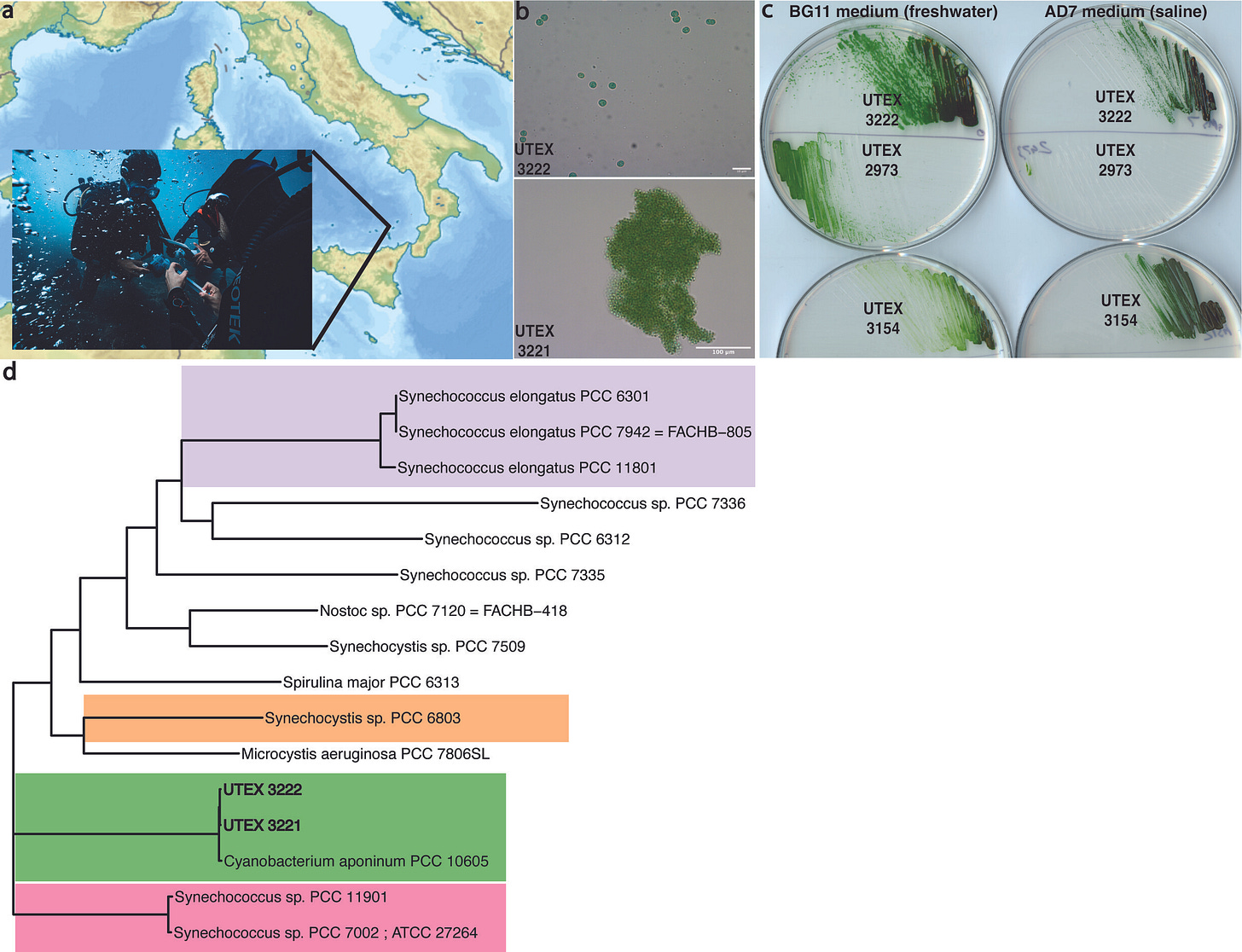
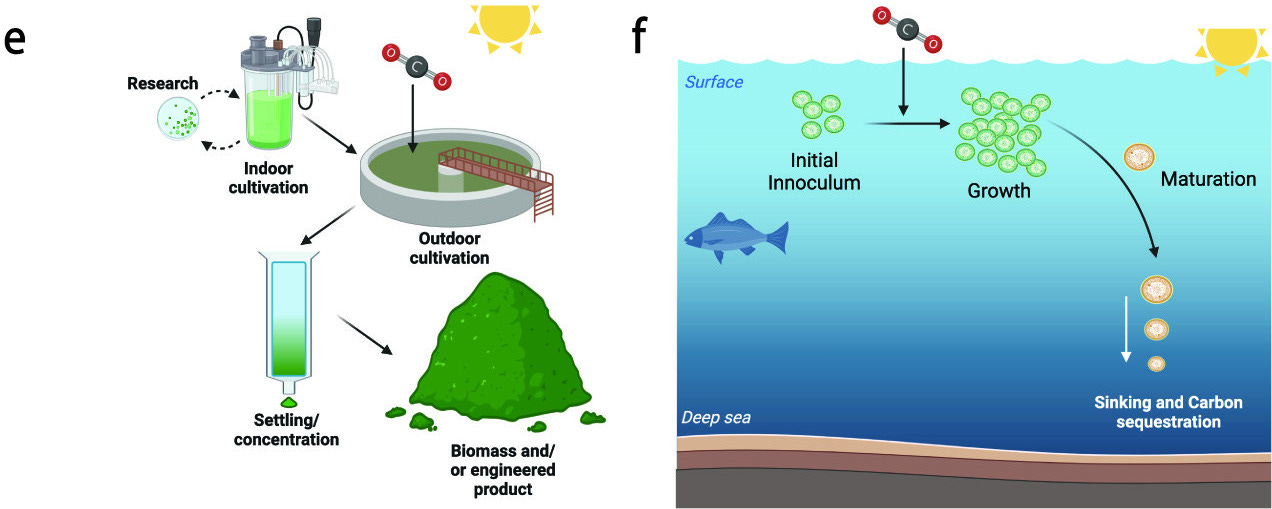
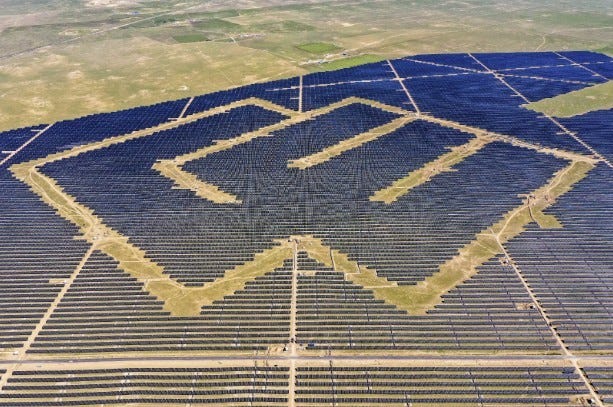





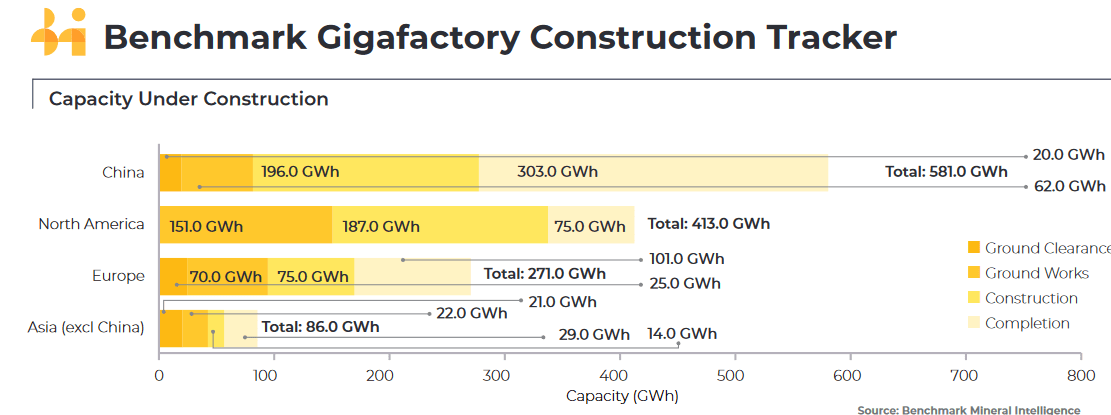
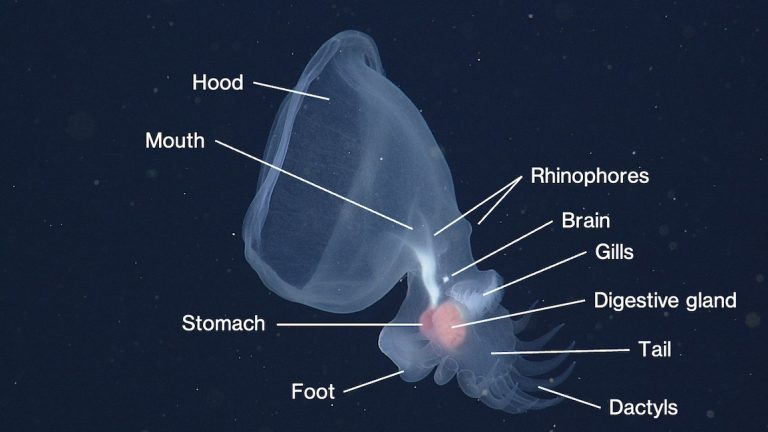
lso, I forgot. As you know I'm a huge fan of battery technology. How do the new batteries stack up against the iron batteries,?
China and Taiwan are really going places a d taking leadership roles! Hurray for Chonkus!